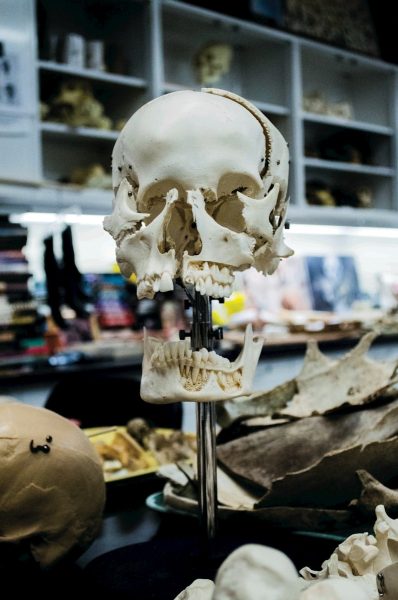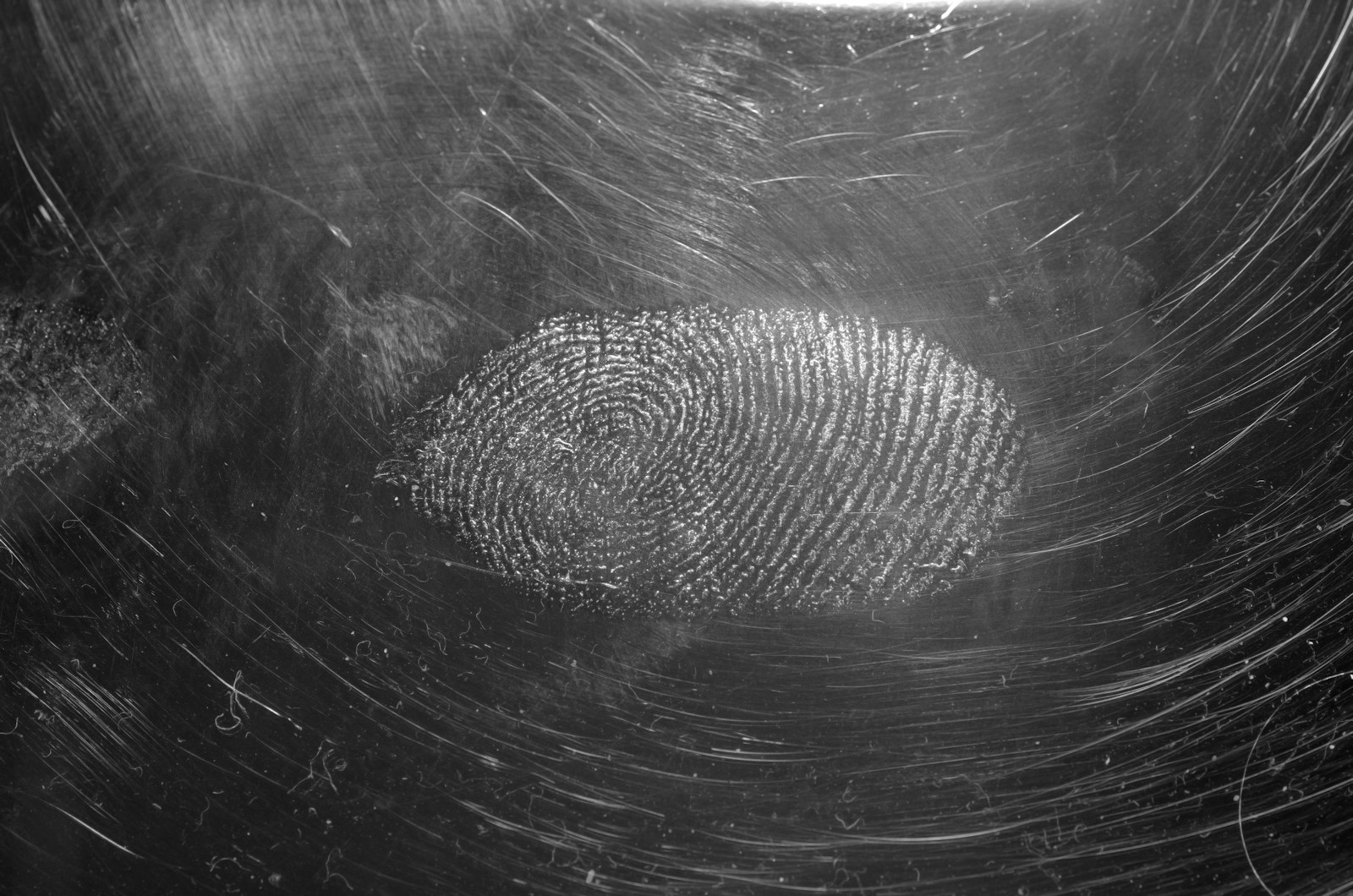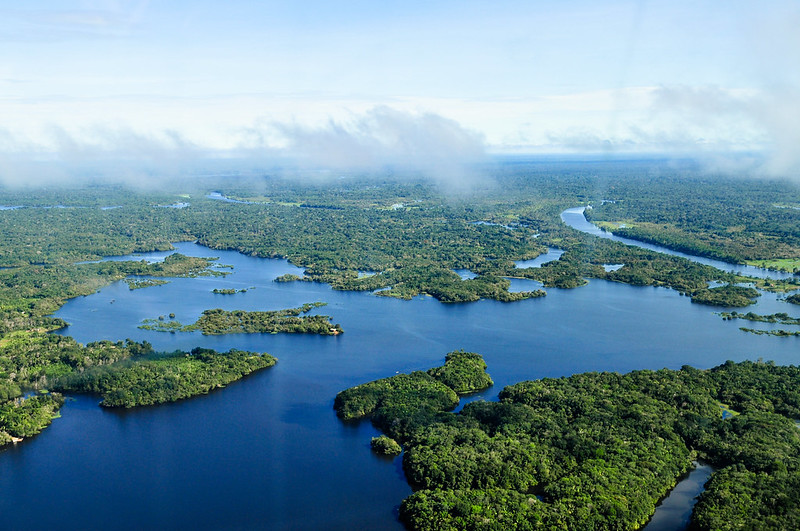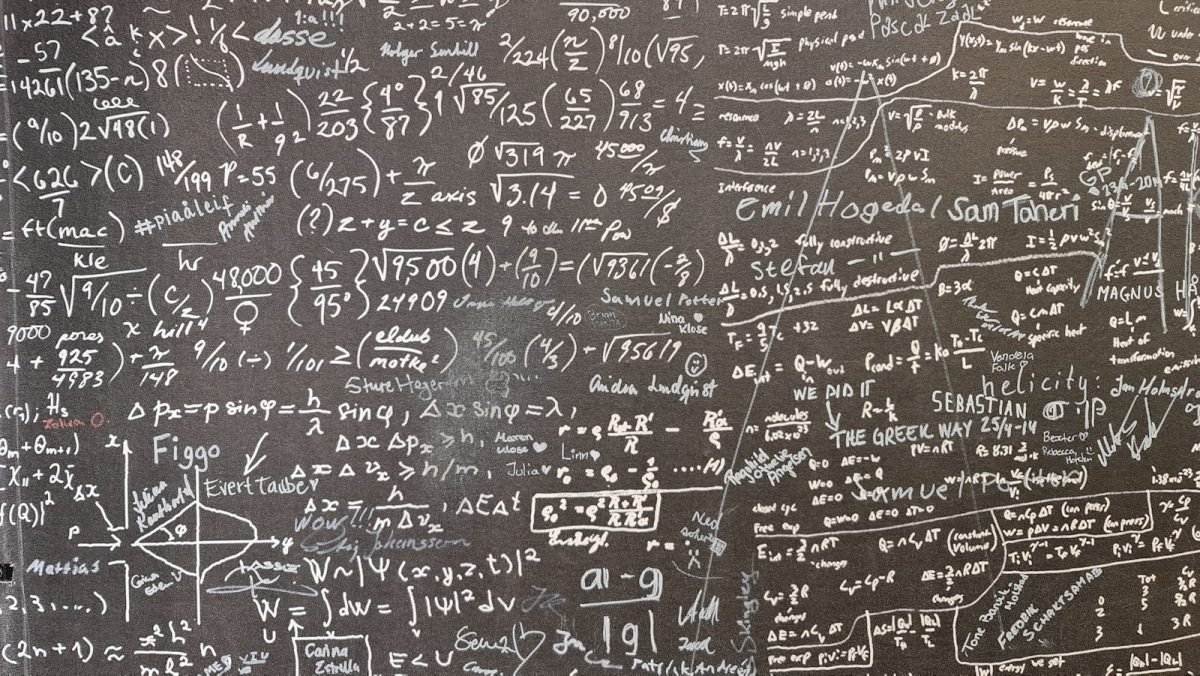Crime can be found everywhere and stopping it as well as criminals is a necessity for our country to grow and stay safe and to do that, you need forensic science. Forensic science is the use of science in crime/law in ways such as investigating different materials and surroundings like a detective.
What is Forensic Science?
Forensic Science is the foundation for solving all crime as it can be used to organize, analyze, and present data found. An example of forensic science is using fingerprints and analyzing them to find anyone responsible for them. Forensic scientists always look for the who, how, when, and what to piece all information together.
What are some Branches/ Careers Of Forensic Science
Some examples of forensic science careers are DNA Analyst, Forensic Anthropologist (Diagnose the deaths), Forensic Chemistry (Lab Work), and Forensic Psychology (Studies emotional and mental effects). The different forms of Forensic Science may be separate but they all work together to connect all evidence. There are many other careers that range from working as a detective to cybersecurity and they all play different, large parts in the whole subject of Forensic Science.
A Deeper Look Into Forensic Anthropology

Forensic Anthropology is the analysis of a deceased body to figure out the identity of a person and information about the death. The first major form of evidence in forensic anthropology is different bones which are useful for determining different parts of the body after they are found. The next major form of evidence is the full skeleton which is used to determine gender, race, age, and some other factors.
Some of the evidence found can be used directly to compare to factors such as age, race, and gender but some others need a deeper look.
Forensic Chemistry is one of the ways that the evidence can be used and an example would be testing hairs or fibers to connect them to a suspect. There are many different testing methods for items of evidence and after putting all the data together cases can easily be solved.
Related Stories:
https://www.aafs.org/careers-forensic-science/what-forensic-science
https://www.britannica.com/science/forensic-science
https://nij.ojp.gov/topics/forensics
Take Action:






